Introduction to high-volume photography.
February 29th, 2024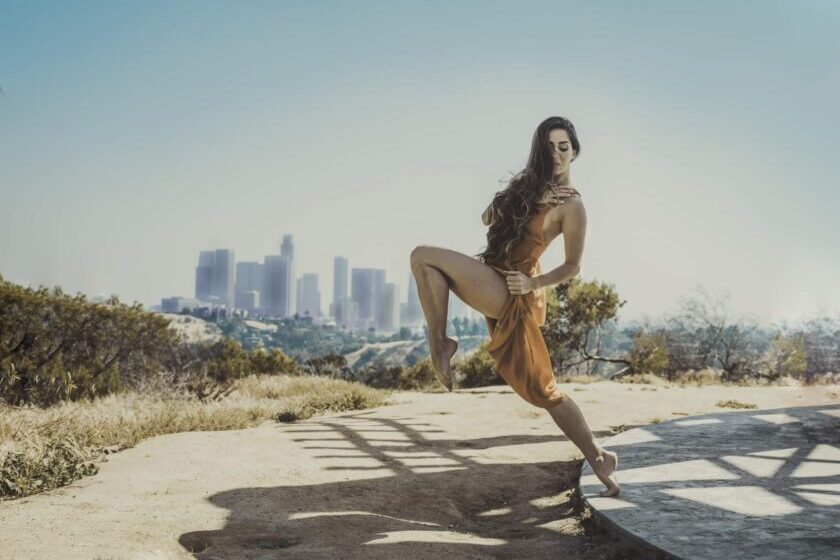
Photo credit: Code Art Photography
From corporate headshots to school portraits, high-volume photography finds applications in various settings that require the delivery of quality images with speed and consistency. It also involves taking photographs of a large number of event participants within a given period.
Event photographers use high-volume photography to capture fast-paced action during sporting events such as games, races, and tournaments. Clients often demand high-volume photography skills to capture the excitement and energy in these large events.
The uses of high-volume photography don’t stop there. Let’s kick this off and take a peek inside the high-volume photography industry.
Get started for FREE!
Sign up now to start a FREE 14-day trial – no credit card required!
Understanding the Market
Action seekers may enjoy some specialties of high-volume photography, as it can take them to ventures such as wave pool surfing, sports tournaments, dance competitions, dressage events, motor sports, and more.
Many volume photographers get their start because they are already participating or involved in an activity they love, whether it may be cycling, rodeo, figure skating, or soccer. Providing great images and coverage of an event takes an understanding of the event itself, and knowing when to expect the most dramatic or impressive moments that participants–and their fans–will pay money to relive through a photograph.
For volume events, it is important to make galleries easy to locate on your website, and to include names and dates of the event. Unlike many types of portrait photography, the photographer doesn’t always have names and email addresses for sharing a gallery directly. The people buying the prints, downloads, and other products will need to find the photos they want another way.
For some volume photographers, that could look like printing QR codes for people to scan with their phones, wearing gear with their logos, sharing gallery links with event coordinators, and more. Once visitors are on your site, you need to provide a straightforward experience for viewing and purchasing images to maximize sales from each event.
You’ll discover that there is a huge market demand for every high-volume photographer who wants to get into the heart of the action and have a piece of the pie.
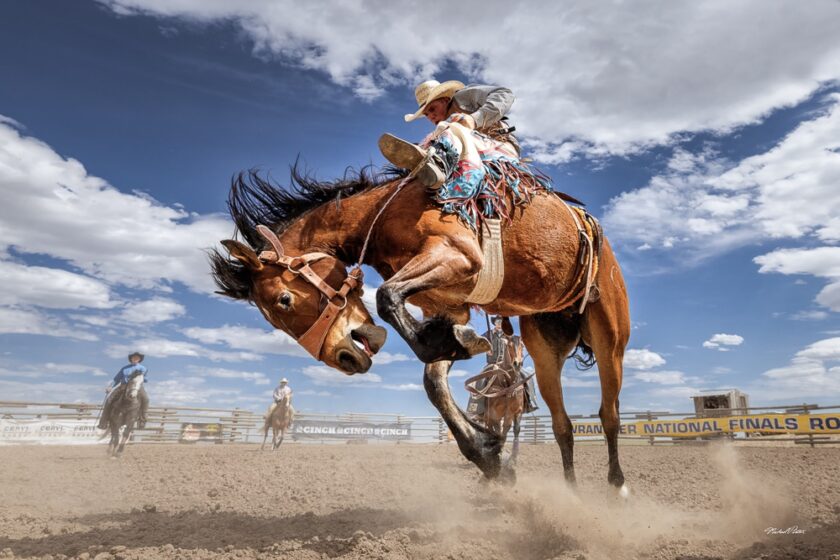
Essential Equipment and Technology
For high-volume photography, look for reliable equipment that can consistently deliver high quality images like clockwork. Here are some equipment options for your consideration:
Cameras
- DSLR cameras: DSLR cameras are versatile and used in high-volume photography due to their fast autofocus capabilities, and they’re quite compatible with a wide range of lenses.
- Mirrorless Cameras: Models like Sony Alpha a7R IV, Fujifilm X-T4, and Panasonic Lumix GH5 offer fast performance with advanced features that are suitable for high-volume photography.
Lenses
- Standard zoom lenses: A standard zoom lens for this industry is the 70-200mm f/2.8. This range combined with a fast aperture is ideal for shooting environments where you need the flexibility for including the scene and shooting closer for details. This is important for action sports, equestrian, motorsports, and most types of event photography.
- Prime lenses: prime lenses with fixed focal lengths are popular for high-volume photography that use a studio setup, such as school portraits, headshots, dance portraits, and team photos.
Pro tip: Have BACKUPS!!! And not just spare cards and batteries–If a lens or camera gets damaged during an event, having backup gear allows you to finish the job with professionalism.
When it comes to identifying suitable equipment, consider factors such as durability, reliability, fast autofocus functions, image stabilization, and workflow efficiency. Other factors like having multiple batteries and plenty of memory cards readily available can make the difference between catching or missing an important moment during an event.
Post-processing tools
After the shoot day comes the time-consuming process of culling. You’ll need a software tool to help you process and organize these images efficiently.
Here are some popular software tools for you to compare and consider:
Lightroom
Lightroom’s sorting and culling capabilities are tightly integrated with its editing features that allows users to seamlessly transition from selecting images to editing them in a non-destructive manner. Website platforms like Zenfolio also offer plugins, allowing you to publish directly to a gallery within your account when needed.
PhotoMechanic
Sorting and culling images in PhotoMechanic is optimized for speed and efficiency, with features such as fast image viewing, customizable keyboard shortcuts, metadata support, and batch processing.
While PhotoMechanic lacks the extensive editing capabilities of Lightroom, its speed and efficiency make it ideal for the sports and event photographers who need to quickly review and select images for immediate deliveries.
PhotoRefine
PhotoRefine by Zenfolio can help you take some of the work out of culling images. You are in control, able to set criteria and parameters based on your preferences. The advanced AI will do the heavy lifting and evaluate the images for sharpness and blinking or closed eyes.
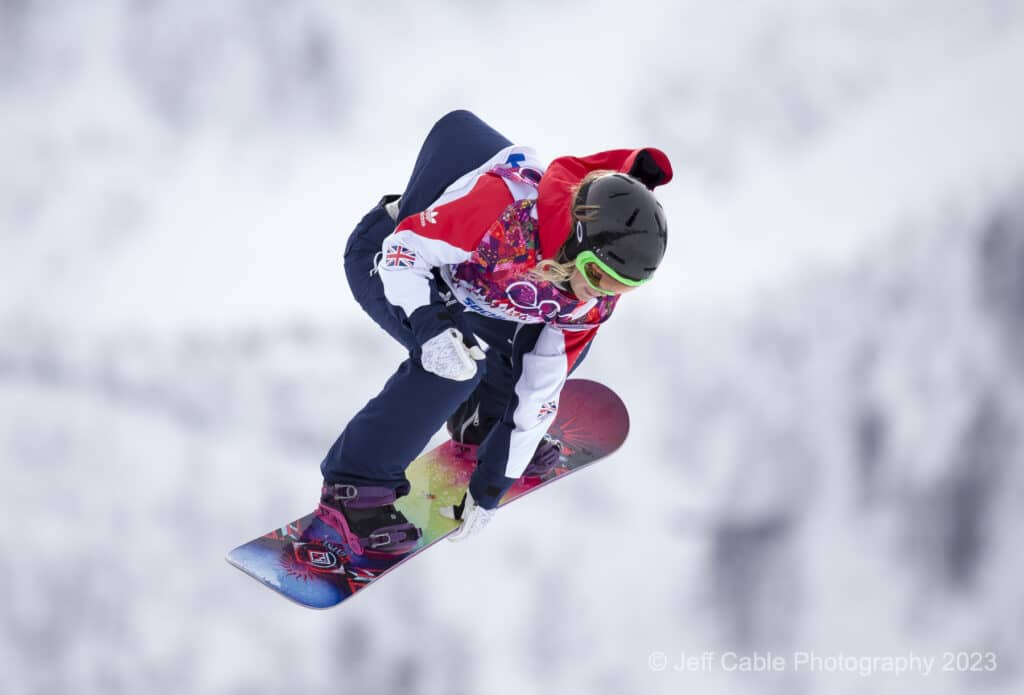
Optimizing Workflow
Creating repeatable processes will help you handle events and jobs of all sizes. Photographers who experience the most success in volume photography use workflows and techniques to achieve fast and consistent images they can sell to participants.
Prepping and shooting processes.
Taking time to prepare for any photo shoot is important–with event and other volume photography, arriving unprepared could have a negative impact on your professional image.
Preparation and planning
Whenever possible, familiarize yourself with the shooting environment and lighting situation in advance. This will help you make faster, more effective choices as you set up the equipment, including cameras, lenses, lighting, and any accessories accordingly before the shoot.
Equipment management
Diligently organize gear with a process so that there is no hesitation grabbing whatever is needed. Label batteries, extra bodies, and lenses to avoid the time spent searching for the correct item while shooting.
Lighting setup
Some events and locations will have enough natural light for proper exposure, but don’t hesitate to utilize fill lights or main lights in tricky low or mixed-light situations.
When speed lights, strobes, or continuous lighting are required, be sure to place them in locations that are safe for the attendees, and also light the scene to balance with natural and available light when possible.
Pro tip: In addition to your backup equipment, cards, and batteries, we highly recommend packing gaffer tape. This can be used to secure any wires and avoid tripping hazards–for the safety of the attendees and your equipment.
Camera settings
Using a fast shutter speed is best to help freeze any action. Optimize the remaining camera settings such as ISO and aperture to get the proper exposure with the necessary shutter speed. When you are starting out, continuous shooting mode can help to capture a rapid sequence of images with minimal delay between shots. With time and practice, you can turn the timing of capturing the peak action during your chosen event down to a science.
Pro tip: Monitor your camera settings throughout the day so they don’t change on accident–you can’t always reschedule the event you are shooting, and missing half a day’s shots is not the impression you want to leave with the organizer who hired you.
Composition and framing
In the beginning, capturing the action and getting the subject in the frame are often the most important goals. Once you get comfortable with the rhythm of an event, it can be fun to play with white space, the rule of thirds, leading lines, and other techniques.
Pro tip: Rule number 11–throw out all the rules and focus on what the participant, or audience, would love to see documented. This may result in an image with an awkward composition, or perhaps the sharpness/lighting isn’t perfect–but regardless of all that, they will buy that split second capture that shows the story.
Multiple Cameras
To optimize your workflow, consider using multiple cameras with the help of one or more assistants, depending on the size of the event and event spaces. The assistant can snap images from different angles, and help you avoid racing around an event trying to capture everything on your own. At the very least, have two or more cameras for your own use throughout the day–the last thing you want is to miss an important moment due to a gear malfunction.
Post-processing workflows.
Now that you have taken photographs of all of the participating subjects, it’s time to manage and edit those large photo batches. Follow the strategies below to optimize your workflow:
File management
Create a logical folder structure to organize photos by date, event, and/or subject matter. Adopt a descriptive file naming approach to quickly identify and locate specific images within the batch. One common naming convention is to include the name of the event + the date + the last three or four numbers from the camera file name.
Presets and actions
Create templates in your editing program, also known as presets, for common editing tasks you apply on a regular basis. This could include color correction, sharpening, or adding contrast–using them helps expedite your editing process. You can save a significant amount of time by applying them to the entire batch of images from an event to produce professional-level dynamic photographs with speed.

Watermarks and image sizing
Watermarks can not only protect the photographer’s copyright by visibly identifying the images as their work but also serve as a branding tool to promote high-volume photography services. Depending on your website platform and gallery delivery methods, you can opt to add watermarks during editing, or to leave images as is, and have watermarks automatically applied to your galleries after uploading.
When it comes to delivering large photo batches to multiple clients, optimizing image sizes is also very important to ensure accessibility across different devices and platforms. Generally, you will want to deliver images at their highest quality–but if your contract with an organizer requests a particular size, you will want to match those requirements. If uploading on location during an event, resizing images to a smaller–but still quality–resolution and file size can reduce the time it takes to upload a batch over the Internet or via other delivery methods.
Communication
Communicate with clients to streamline the editing process and ensure that edits align with their preferences. If applicable to the participants you are serving, you can also allow them to share feedback via comments on the edited images in your gallery, such as requesting additional touch-ups to a corporate headshot.
Upload and delivery
An optimized workflow enables you to efficiently and quickly deliver large batches of photos, either directly to the event organizers or to participants through a link or QR code. An efficient workflow will free up more time and allow you to serve more clients, often resulting in the ability to take on more jobs or to spend time with your friends and family.
Zenfolio has automated workflows that can help you save an average of 40 hours a month. Like a digital assistant working behind the scenes, the automated workflow tools can be set to accept bookings, automatically create galleries from booked shoots, apply gallery privacy and store settings via presets, and email clients about promotions.
Galleries can be added to organized folders linked in your site menu and visited directly from your website, or delivered by email invitation.
Turn your images into income.
Simplify your workflow and sell your photos online from your own custom store. Your clients will enjoy the seamless shopping experience. Sign up now to start a FREE 14-day trial – no credit card required!
Integrated selling
Impress and sell with streamlined order delivery to your clients in a white-labeled process. Clients will be excited by the fast turnaround and quality products, never knowing that Zenfolio and our integrated partner labs are taking care of things behind the scenes.
Set up a promotional coupon campaign, or sign up for one of our automated campaigns, and quickly customize banners to display the sale in the galleries of your choice. You can also collect customer contacts and add them into the gallery access settings to build the remarketing list for future job opportunities. The remarketing campaigns can be set up, or scheduled, to be sent to the previous clients who have previously ordered from you.
Zenfolio’s coupon banners will help you create and distribute any number of coupon campaigns based on the type of marketing campaigns you want to run. You can set discount product prices by a specified value or percentage, and make them visible in designated galleries through customizable small or large banners.
Our automated workflow platform streamlines time-consuming tasks, freeing up your valuable time to concentrate on your core strengths and expertise.
Let us handle the delivery and e-commerce selling, so that you can shine in your area of specialization…making photographs.
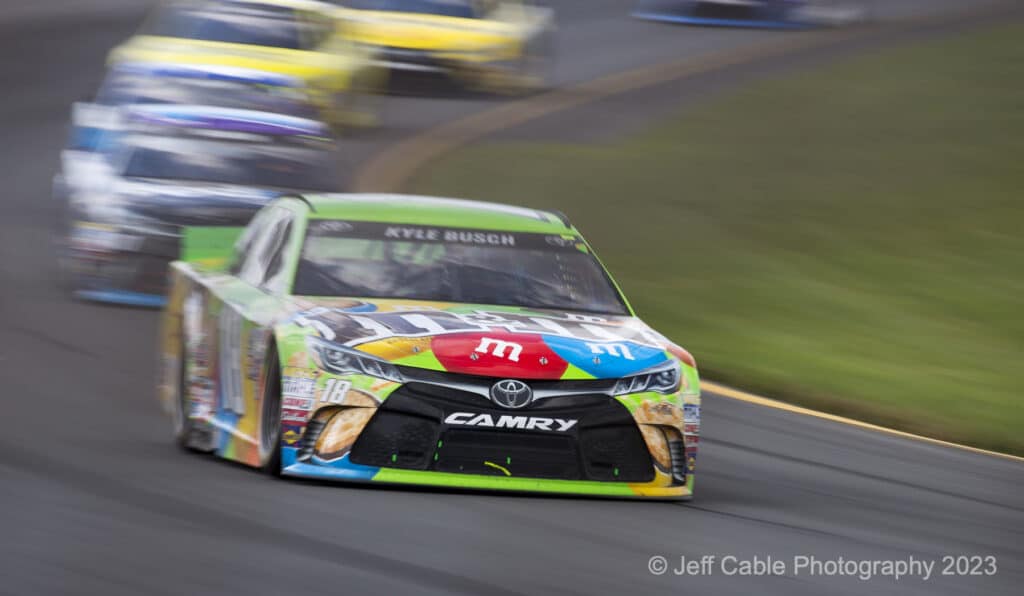
Building and Maintaining Client Relationships
Acquiring and retaining clients in high-volume photography requires a combination of consistent delivery of high-quality images with exceptional customer service and building strong client relationships.
In high-volume photography, contracts are commonly issued by event coordinators, race admins, and venues; however, the end customers are often the attendees, audiences, and the participants. Most volume photography customers have expectations of quick turnaround times, consistent image quality images, and the ability to purchase digital downloads and printed products–sometimes as quickly as the day of the event.
Implementing the efficient workflows and effective communication strategies we’ve highlighted so far will help maximize your productivity–allowing you to meet your client’s demands in high-volume photography.
Continue to showcase your professionalism to clients with your customized online store. Offer products from our integrated professional print labs, sell digital downloads, or include your favorite specialty products as self-fulfilled items. Set up your price list in advance and attach to your galleries, allowing customers to buy via their mobile phones as soon as you’ve uploaded the images–in some cases, before even leaving the event!
Pro tip: Keep open lines of communications with your main contact for each event so that you can work together to make the job a success for all the attendees, participants, audience, athletes, and spectators. You can build lasting relationships with clients by having a customer-centric approach to delivering and selling media.
Focus on gaining a good understanding of clients’ overall needs, preferences, and goals, so you can tailor your photography services to align with the client’s vision and preferences. Throughout the process, ensure that you’re professional, attentive, and responsive to clients’ questions and concerns from the initial inquiries to post-shoot follow-ups. This results in a positive and memorable experience that will encourage them to use your services again and again.
Communication and service best practices
First, we recommend setting up and creating a visually appealing and user-friendly portfolio website to showcase your services, pricing, contact information, and optimize your photography website for the search engines.
An SEO-optimized portfolio website can help you attract organic traffic from potential clients searching for high-volume photography services.
Second, you can leverage the power of digital marketing and utilize it to your advantage. Digital marketing like online advertising, social media platforms, and email marketing are great techniques to communicate your photography services to potential clients.
Third, make the most of your physical presence at events and other community gatherings. Networking through community engagements is another effective way to attract new clients–build relationships, and when appropriate, wear items embroidered with your logo or business name. You’ll often discover new niche markets and demand for your photography services by attending industry events, conferences, and networking meetups in your local communities.
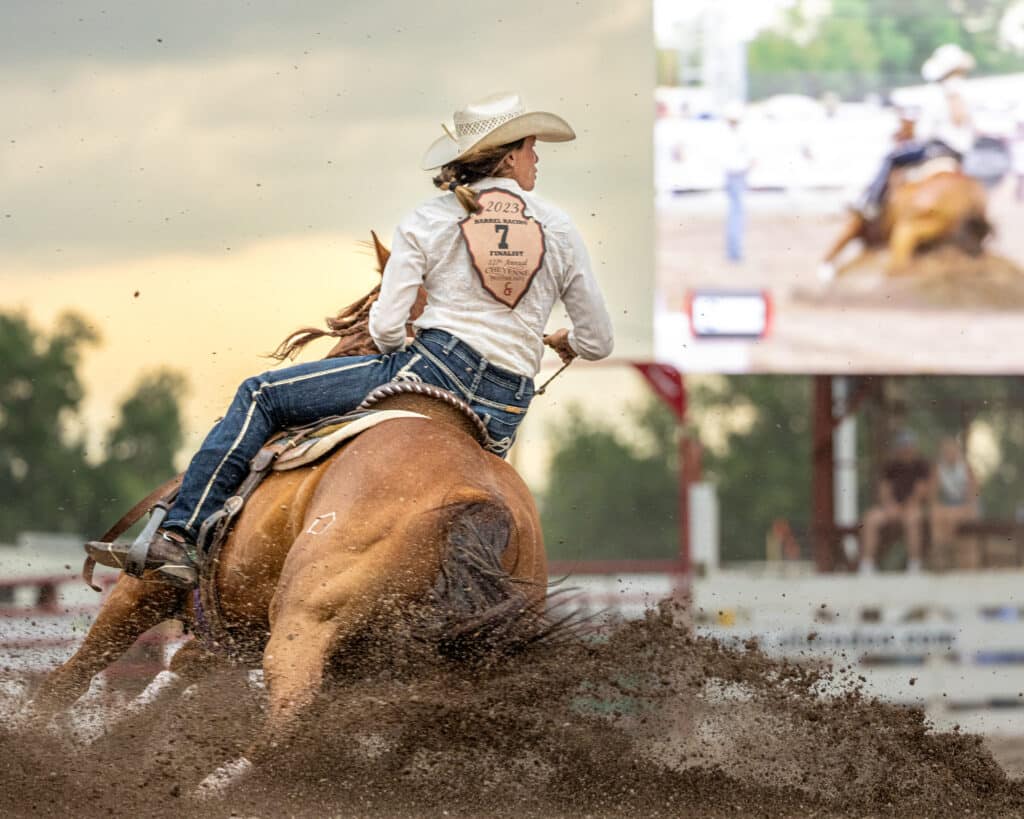
Pricing strategies
To build a sustainable business, you will want to develop pricing models and offer photography packages that are competitive within the market while still being profitable. It can be helpful to begin by researching and comparing the prices charged by other high-volume photography services in your area.
Once you determine the fair market prices to charge your photography services and packages in your area, the next step is to figure out the operating costs it will take for you to deliver services. Operating costs are the overhead costs you incur to run your photography business.
Overhead costs vary, and can include: rental equipment fees for any necessary gear you don’t own yet, subscription fees for your portfolio website and photo editing software, transportation costs to job sites, membership fees associated with your volume photography specialty, a studio or office, paying assistants, and more.
For your high-volume photography business to stay profitable, it is important to calculate all your expenses as accurately as possible, and allow sufficient profit margins for any promotions you may offer.
If you realize your profitability is going to be low, consider how you can add more value to your services and products without increasing your expenses, allowing you to increase your pricing and profit margins.
Get started for FREE!
Sign up now to start a FREE 14-day trial – no credit card required!
Industry professional insights
High-volume photography industry professionals have real-life experiences and seasoned knowledge of the craft; here are some insights they’d like to share with fellow photographers:
- Workflow, workflow, workflow–An efficient workflow is the greatest challenge for many photographers. It’s highly encouraged to organize your workflow with the right platform tools and software to manage your photo shooting processes.
- Communication is everything–From maintaining clear communication channels and managing client expectations to effectively describing your needs to your assistants, your communication skills are crucial to ensuring financial success and delivering excellent customer service.
- Agility to bounce back–Your best work can sometimes be rejected, and another photographer might be chosen to cover the event you applied to cover. Don’t beat yourself up when it happens; instead, do a comparison between your business and the other photographer chosen for the job. Is your work comparable? Were they chosen because they have more experience, or simply because they underprice? Then determine how you can improve, or whether that was simply not the right client for you at this time–if your pricing reflects fair margins, slashing your pricing to get a client will not serve you in the long run.
- Keep it profitable–The path to keep your high-volume photography in business is profitability and scale. Strive and find innovative ways to maximize your revenue potential by acquiring new clients, offering relevant prints and products, and keeping overhead costs as low as possible.
Legal aspects
Copyrights and usage rights govern the distribution and the usage of all the photography works. In high-volume photography, a photograph’s copyright owner is typically the photographer who created the image, although there are sometimes situations with specific events where the company or event will also have certain image rights as specified in your contracts and agreements.
Copyright gives the creator exclusive rights to reproduce, distribute, display, and create derivative works based on the original copy of the photography.
These rights typically last for the duration of the creator’s life plus an additional period after their death. It should be noted that copyright infringement occurs when someone uses a copyrighted work without the owner’s permission and can potentially have troublesome legal consequences.
Usage rights refer to the permission granted by the copyright owner to use the copyrighted work in specific ways, such as reproduction, distribution, or display. Usage rights can vary depending on factors like the intended use of the photographs (i.e. commercial vs. editorial), the duration of use, and the scope of use.
When it comes to managing contracts and agreements, you should clearly define copyright ownership, specify usage rights, include licensing terms, address copyright attribution, outline termination terms, include indemnification terms, determine compensation fees, etc.
When starting out, have legal contracts and agreements reviewed by an attorney to ensure they adequately protect your rights as a photographer, and the rights of your clients.

Future trends and adaptation.
The photography industry is far from stagnant. Here are some of the emerging trends that’ll help keep your high-volume photography business relevant while staying competitive.
Automation and AI integration.
Automation and AI-powered tools can assist high-volume photographers with tasks in image tagging, sorting, editing, and even facial recognition. These integrated automation tools can help photographers streamline processes and improve operational efficiency.
AI watermark removal.
AI watermark removal is a growing challenge for volume photographers–increasingly “smart” AI tools can be used by customers to remove watermarks from photographer’s images, making it easier for them to share and print your work without purchasing first. At the moment, creating more complex, multi-color watermarks is one of the best ways to prevent this. We recommend staying on top of what this technology can do so that you can adapt as needed.
Screenshot functions
Screenshot functions enable its users to capture images directly from electronic devices such as mobile phones and tablets. While there are sometimes ways to limit this, technology often changes too quickly to adapt. If you are concerned about being properly credited for your work, an effective watermark is your best tool.
Subscription-based models
Subscription-based models allow photographers’ clients to access photograph services regularly for a flat fee. It’s also a cost-effective way for the clients and provides steady income streams with predictive pricing.
E-commerce
Advanced e-commerce features such as multi-pose packages, group photos pre-selection, integrated or self-fulfilled e-commerce, image & data matching, and streamlined delivery of downloads continue to trend on many leading photography e-commerce sites.
Data analytics and insights.
Many high-volume photographers now use data analytics tools to peel back layers of clients’ data and learn about their clients’ preferences. These analytics tools can help you gain actionable insights to optimize your services, product offerings, and marketing strategies.
In short, high-volume photography can be a very lucrative business for those who learn to predict and capture the key moments of an event, optimize workflow, build strong client relationships, develop effective pricing strategies, and understand the market and emerging trends enough to avoid major pitfalls.
Take advantage of the workflow management platforms, efficient image processing software, and other advanced e-commerce features by Zenfolio to boost your sales numbers and make the volume photography business incredibly profitable for you.




